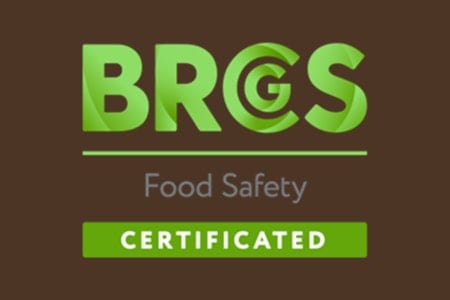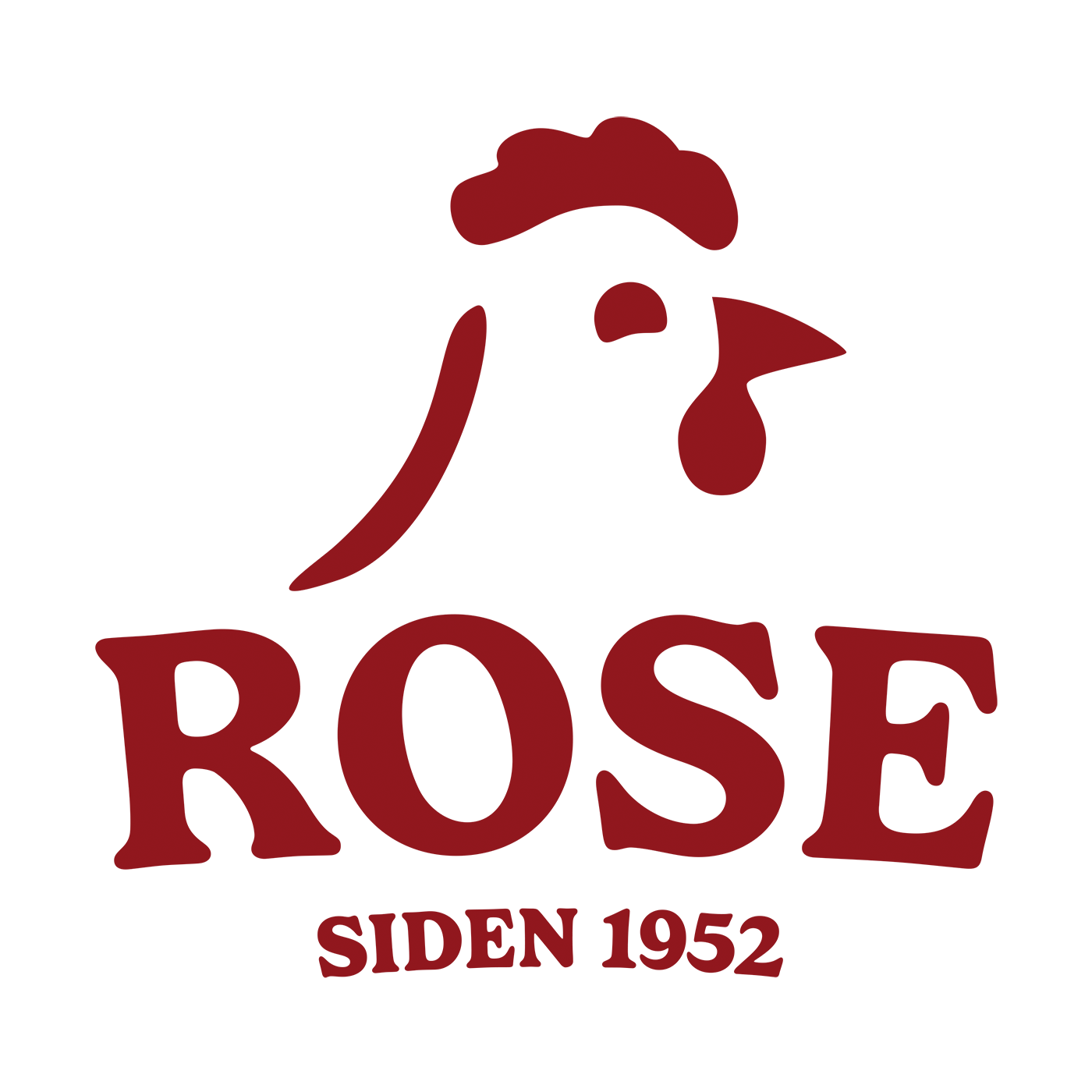
FOOD SAFETY
You can always trust the safety of products from ROSE Poultry completely, as we take our responsibility as a food producer very seriously. Every single day, we work purposefully to ensure the best hygiene, quality, and food safety throughout our entire value chain.
Our certifications


Halal certifications
All products from ROSE Poultry are halal certified. We have several halal certifications, and we naturally follow all official halal guidelines.

